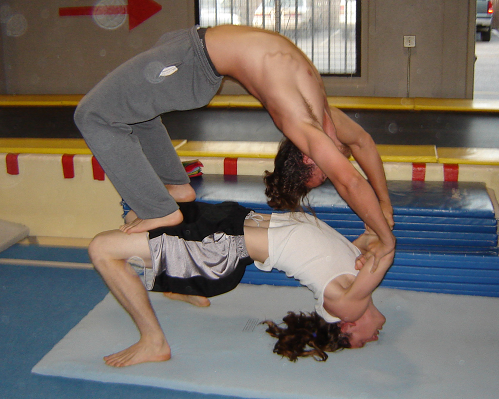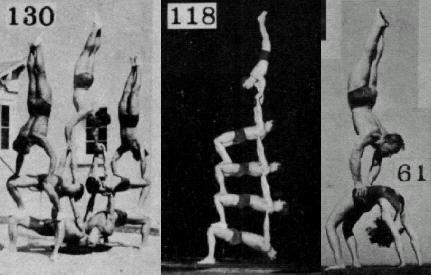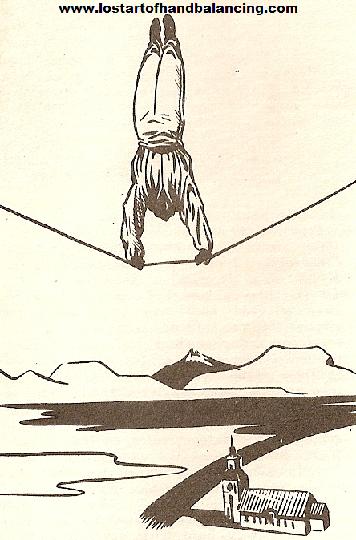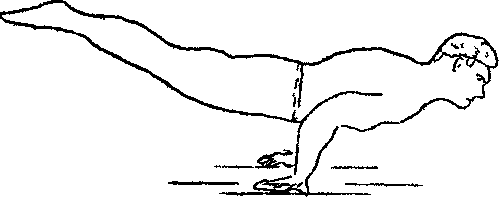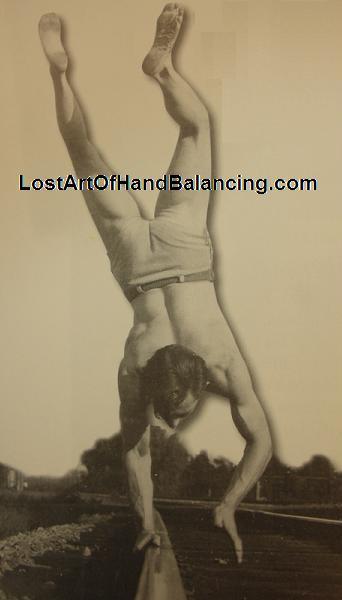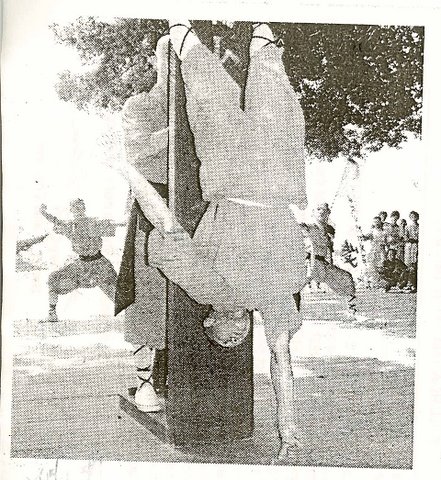
Two Finger Handstand by Shaolin Monk
Fingertip training is one of the less common forms of hand balancing today. In fact you hardly see it at all.
But that doesn’t mean you shouldn’t practice it.
First some words of caution. The fingers are small and fragile. If you move into this realm too fast, you may end up breaking them, snapping tendons or any number of bad things so be careful.
Starting with a fingertip handstand is probably too much for most people. Even this most basic move must be worked up to. And fingertip pushups are the best way to do that.
Even without practicing finger balancing you hand and finger strength will improve. Just from the practice of balancing on your hands you can’t help but gain some strength in your digits.
But for true fingertip stunts you need to do them in one form or another.
If you are ready for the fingertip handstand then I suggest using a wall on your first go. Holding your bodyweight on your fingers is one thing. Balancing is another.
Not only do you have a smaller base of support but you must add pressure in order to stay balanced. This makes your fingers support your weight and then some.
Once you can hold the fingertip stand it’s a matter of progressing until you reach your goal.
That goal may be the Thumb Stand made famous by Bob Jones. Doing it on top of Indian clubs is up to you.Or maybe you want to hold an index finger stand.
In Shaolin: Wheel of Life one of the stunts performed is a handstand held on the two index fingers. He has his feet supported but it’s still one of the most impressive feats possible.
If you don’t have a copy of this video yet get one now. It’s one of the most motivational, inspirational, and awe-inspiring videos in existence.


